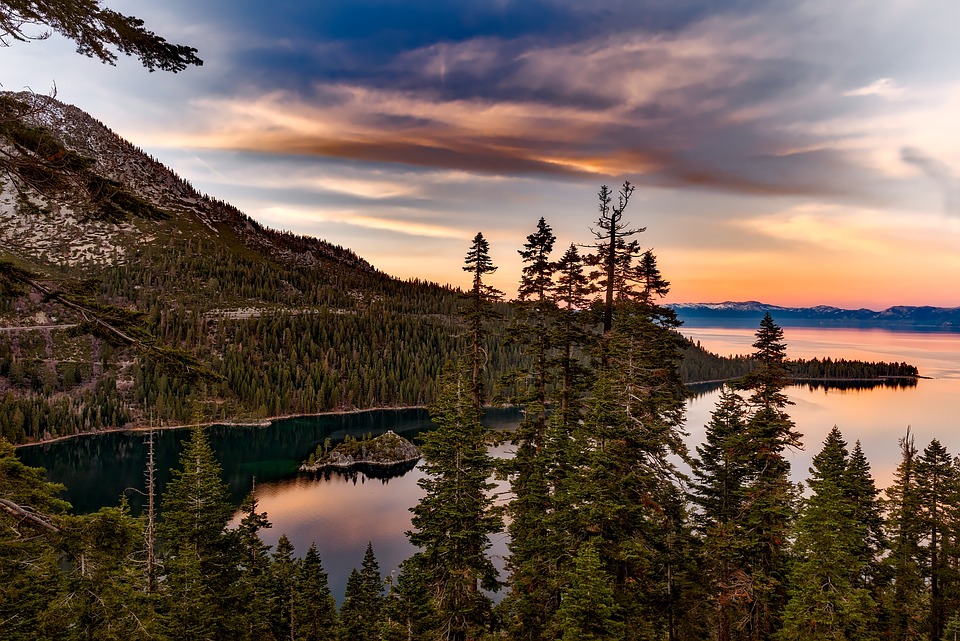California Fire Zone Numbers Continue to Climb Amidst Growing Concerns
In recent weeks, California has been facing an unprecedented increase in the number of fire zones across the state. With wildfires raging out of control in multiple regions, the California fire zone numbers continue to climb, leaving residents and officials alike deeply concerned about the extent of the devastation.
The current fire season in California has been particularly brutal, with hot and dry conditions creating the perfect recipe for large-scale wildfires. According to the state’s Department of Forestry and Fire Protection, there have been over 6,000 wildfires reported so far this year, burning more than 1.2 million acres of land. These staggering numbers represent a 20% increase in fire activity compared to the same time last year.
The most alarming aspect of this year’s fire season is the rapid spread of wildfires in heavily populated areas. The California fire zone numbers have surged in urban and suburban areas, posing a significant threat to homes, businesses, and infrastructure. In fact, the state has already seen several major wildfires that have forced thousands of residents to evacuate and caused widespread destruction.
One of the key factors contributing to the increase in California fire zone numbers is climate change. As global temperatures continue to rise, the state is experiencing more frequent and intense heatwaves, which dry out vegetation and make it more susceptible to ignition. Additionally, changing weather patterns have led to longer and more severe droughts, further fueling the spread of wildfires.
In response to the escalating fire threat, state officials have been working tirelessly to contain and mitigate the impact of wildfires. Firefighters from across the country have been deployed to California to help battle the flames, while air tankers and helicopters have been deployed to drop water and fire retardant on burning areas. Despite these efforts, the California fire zone numbers continue to climb, highlighting the urgent need for more resources and support to combat the ongoing crisis.
In addition to the immediate fire response efforts, there is also a growing emphasis on prevention and preparedness. State agencies are working to educate residents about wildfire safety measures and the importance of creating defensible space around homes. Communities are being encouraged to develop evacuation plans and stay informed about fire conditions in their area.
As the California fire zone numbers continue to rise, it is clear that wildfires are a persistent and escalating threat to the state. With climate change exacerbating fire conditions, it is more important than ever for residents, officials, and policymakers to come together to address the root causes of wildfires and develop sustainable solutions for the future. Only by working together can we hope to protect California’s communities and natural landscapes from the destructive force of wildfires.
In conclusion, the California fire zone numbers are a stark reminder of the increasing danger posed by wildfires in the state. As the climate continues to change and fire seasons grow longer and more severe, it is crucial that we take proactive steps to prevent and mitigate the impact of wildfires. By raising awareness, investing in resources, and fostering a culture of preparedness, we can work towards a safer and more resilient California for future generations.





